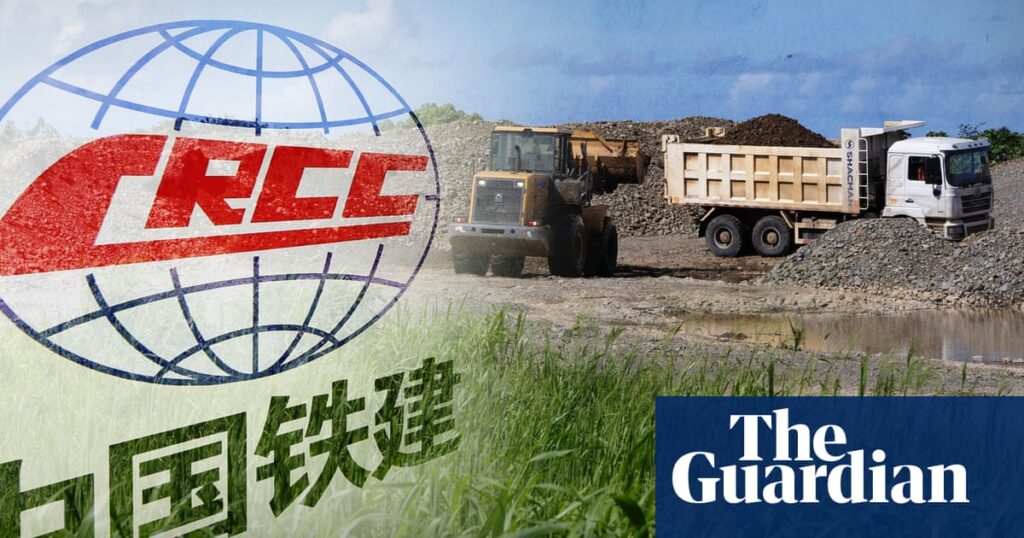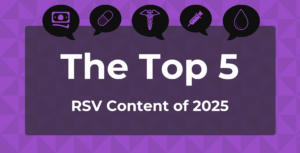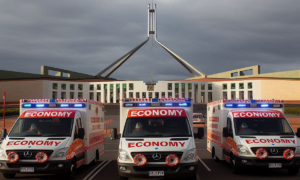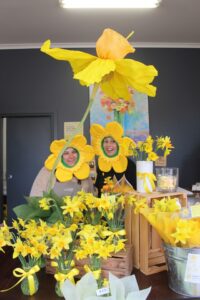
China’s efforts to extend its geopolitical influence in the Pacific have come under scrutiny, with the Australian government accusing Beijing of misrepresenting Asian Development Bank (ADB) projects as Chinese initiatives. These projects, significantly funded by Australian taxpayers, are being branded as Chinese, according to Australian officials.
On Bougainville, an autonomous region of Papua New Guinea, the China Railway Construction Corporation (CRCC), a state-owned enterprise, has commenced work on strengthening the runway at Kieta-Aropa, near the region’s largest city. The Bougainville government’s announcement of the airport upgrade omitted any mention of the ADB, the project’s funder, focusing instead on the CRCC.
During a recent inauguration ceremony at the runway, Bougainville’s president and Papua New Guinea’s prime minister were seen breaking ground with shovels while wearing hard hats bearing the CRCC’s name and logo, despite an ADB sign being visible in the background. Australia’s Minister for the Pacific, Pat Conroy, expressed frustration over the branding of multilateral development projects, emphasizing that these are not Chinese assistance projects.
“It’s not Chinese assistance. A Chinese state-owned enterprise won a contract under the Asian Development Bank … that project is funded by the ADB,” Conroy stated.
Australia’s Concerns Over Project Branding
Conroy highlighted that the largest donors to the ADB include countries like Japan and Australia, contributing to his frustration over the perceived Chinese branding. He has urged the ADB to refine its procurement processes to prioritize quality over cost and to curb nationalized branding of projects, reforms to which the ADB has agreed.
The ADB plays a crucial role as a development backer across the Pacific, with Australia being its second-largest contributor after Japan. When asked about China’s influence through multilateral organizations like the ADB, Conroy acknowledged the possibility, noting that China might seek financial gain from these projects while also benefiting from branding them with state-owned enterprise names.
Geopolitical Contest in the Pacific
The contest for influence extends beyond Bougainville, which is pursuing independence from Papua New Guinea by September 2027. Conroy emphasized Australia’s intention to be the preferred partner for every Pacific nation, acknowledging China’s ambitions in the region.
Emma Veve, director general of the ADB’s Pacific Department, affirmed the bank’s commitment to transparency regarding project funding sources, underscoring the importance of public visibility during construction.
Amid broader geopolitical tensions, traditional allies express concern over China’s growing influence, particularly in security matters. Since 2019, three Pacific countries have shifted their formal recognition from Taipei to Beijing, and China has initiated police training programs in several Pacific nations.
“The US must take advantage of this opportunity, or risk ceding to Beijing a first-mover advantage in a vital corner of the Indo-Pacific,” the Heritage Foundation warned, highlighting the strategic importance of Bougainville.
Bougainville’s Path to Independence
Bougainville’s deputy president, Patrick Nisira, attributed concerns over Chinese influence to skeptical Western media sources. He emphasized the lack of options from traditional development partners and the appeal of Chinese partnerships as the region seeks self-governance.
Oliver Nobetau, project director of the Australia-Papua New Guinea Network at the Lowy Institute, predicted Bougainville’s declaration of independence in September 2027 but expressed uncertainty about its success. He noted Bougainville’s strategic location near the Solomon Islands and its significance for countries like the US, Australia, and China.
“Are the US and Australia worried about the influence of China on a potential newly independent Bougainville? Yes, absolutely,” Nobetau remarked.
Historical Context and Future Prospects
Bougainville’s history with Australia is complex, involving periods of colonization and conflict. The island was part of the Australian-controlled Territory of Papua and New Guinea, and tensions over the Panguna mine led to a brutal civil war in the late 20th century. Australia played a key role in brokering the peace deal that ended the conflict.
Since the Bougainville Peace Accords, Australia has been the island’s largest external development funder, dedicating significant resources to infrastructure projects. Despite a 2019 referendum where 97.7% of Bougainvilleans voted for independence, Australia’s stance on Bougainville’s independence remains neutral, though not always perceived as impartial.
Bougainville’s president, Ishmael Toroama, criticized Australia’s deputy prime minister for perceived threats and inadequate contributions, accusing Australia of using “boomerang aid” tactics. Meanwhile, Conroy reiterated that Bougainville’s political future is a matter for its people and Papua New Guinea to decide.






